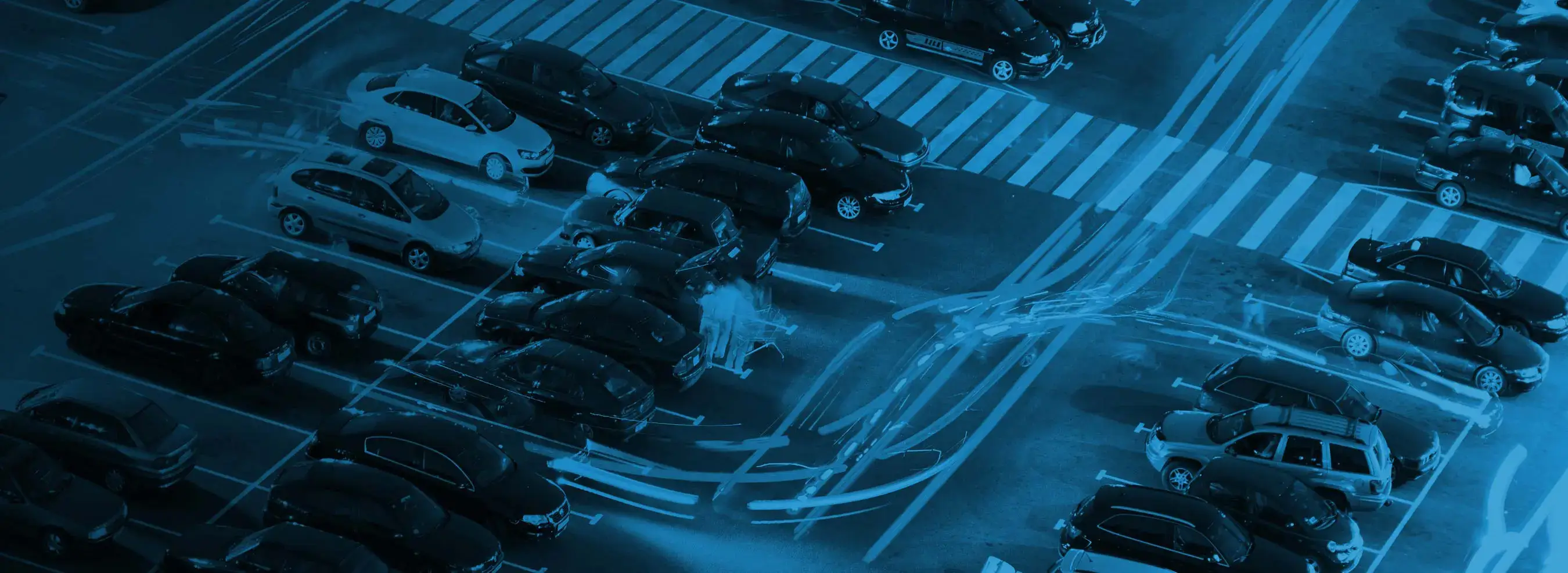Every person must be able to move easily around the city they live in through efficient mobility solutions. This implies guaranteeing both physical access to different spaces and services, as well as having the information and resources needed to move around comfortably and safely. Accessibility must be considered a central aspect in all stages of the process, from design to implementation of solutions, especially in constantly changing urban environments that tend to become more densified and diversified.
Innovations in accessibility and mobility
Among the various mobility initiatives, more and more governments and organizations are investing in technologies that pay special attention to accessibility. These proposals range from the implementation of parking guidance and control systems to the creation of urban environments with wider sidewalks and ramps at intersections.
Lack of adequate infrastructure can make access to cities more difficult, especially for people with reduced mobility or professionals who rely on delivery vehicles. However, thanks to the development of smart mobility solutions, such as parking guidance technologies, it is possible to improve accessibility in urban environments.
These systems make use of sensors, cameras and advanced algorithms to provide users with real-time information on the availability of parking spaces, either through mobile applications or strategically placed signaling technologies. In addition, this technology can be adapted to a variety of needs, from reserved spaces for people with reduced mobility to charging points for electric cars, as well as spaces for loading and unloading goods.
These measures enable all types of people to enjoy greater autonomy without having to spend long hours behind the wheel, while promoting inclusion and equal access in urban environments.
Occupancy technologies
Parking occupancy detection devices, whether magnetic, cameras or infrared, have the ability to detect the arrival, presence and departure of vehicles. Sensors integrated into parking spaces as well as cameras provide accurate data on their availability in real time, allowing drivers to easily locate free spaces through mobile applications or information panels strategically distributed on public roads.

Parking Detection Systems
In addition to being applied in urban parking in city centers and in areas on the outskirts of park-and-ride lots, these solutions can also be implemented in spaces designated for tourist buses, shopping malls, universities, stations, companies and also areas for large commercial vehicles, such as trucks and delivery vans, among many other use cases. An initiative to facilitate space management in areas with high demand.
Intelligent space management
The shortage of parking spaces is often a problem given population growth and the transformation of city areas into green spaces and public spaces. In this context, mobility solutions linked to control technologies can help improve the use of parking spaces, for example, by analyzing usage and demand patterns to optimize the distribution of spaces.
With this data on occupancy and turnover flow at different times of the day, it is possible to maximize parking capacity and adjust the allocation of spaces according to specific needs, such as loading and unloading areas, charging stations for electric vehicles or spaces reserved for people with reduced mobility (PRM).
Accessibility and quality of life
The implementation of smart parking technologies is an example of how mobility solutions can improve the quality of life in cities by ensuring that the entire population, not just people with disabilities or reduced mobility, can easily access parking areas.
Time optimization
First, these solutions can help reduce the stress associated with the lengthy search for parking, especially in densely populated urban areas where space is limited and there is little time to run errands. By being able to obtain real-time information on the availability of spaces, it is possible to streamline the process and improve the experience for residents and visitors alike.
Improved air quality
Reducing the time spent looking for parking reduces the number of vehicles on the road, which means less traffic congestion on the streets and fewer emissions of polluting gases. This has a direct positive impact on air quality, as well as improving public health by reducing people’s exposure to harmful gases, such as nitrogen oxides and fine particulate matter, which can lead to respiratory diseases, among others.
In addition, improved air quality also benefits the environment by slowing global warming caused by greenhouse gases released into the atmosphere and its consequences. It promotes a healthier environment for urban residents.
Development of the local economy
Improving accessibility in mobility solutions can also help improve the economy and urban development by facilitating access to city services, attractions and stores. This is important for encouraging local commerce in urban areas, particularly benefiting small businesses that rely heavily on pedestrian traffic.
In a broader sense, greater accessibility also makes cities more attractive to visitors and investors, which can further boost long-term economic development and the creation of new jobs.
Thanks to mobility solutions focused on accessibility, such as Urbiotica’ s smart technologies that provide real-time information on the availability of parking spaces, it is possible to improve the commuting experience, reducing stress for drivers and strengthening the local economy. These initiatives can help create more sustainable and cohesive communities where all population groups benefit.